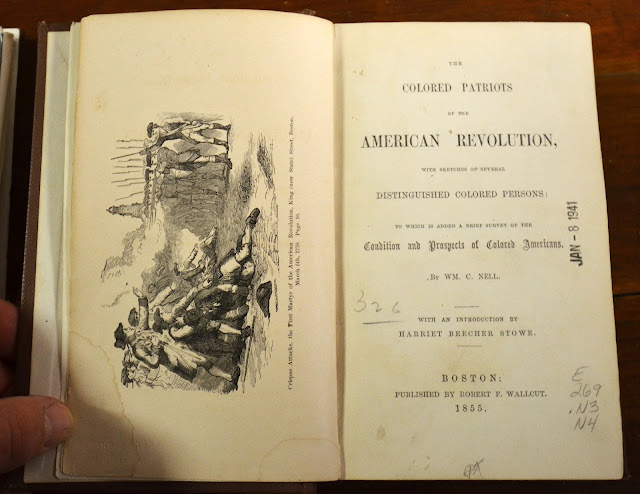On Christmas Day 1889 in Granville, 21 year-old Mary E. Noble, received a Bible. Mary would soon wed John H. Rowley and move to Hartford where he became a successful builder. Mary and John's fathers, Edwin Noble and William Rowley, were both long time Noble & Cooley workers. Edwin Noble was the cousin of Noble & Cooley co-founder Silas Noble. Like many Granville children of the time Mary was well schooled and a competent artist and pianist. As a devout Methodist, her Bible was very well-worn by the time of her death on December 23, 1957 at the age of 89.
 |
| (Courtesy of the Rowley family. NCCHP photo, www.ncchp.org) |
As with so many of Granville's young population, the opportunities presented in cities by the industrial revolution were a powerful attraction, especially coming from a town like Granville where Yankee ingenuity was such a highly valued trait. People like Harry, John and Mary understood where their futures lay and they had been brought up with a powerful work ethic. Along with many thousands of others like them, they established the foundation for the "middle class" that has been the backbone of our country during the 20th century and into the 21st.
But in 1903 Harry was an industrious student attending school in Westfield. A small collection of his books indicates he was an excellent student who took his education seriously and had a bright future. For 1903 he received two books for Christmas:
 |
| Courtesy of the Gilbert family. NCCHP photo, www.ncchp.org) |
 |
| Courtesy of the Gilbert family. NCCHP photo, www.ncchp.org) |
The mystery of these two books is the handwriting, which does not match that of Harry or either of his parents.
On that note we return to 2016, with a wish that everybody received a gift that mattered enough to be inscribed and which will still be with us (maybe not "us" but somebody) over 100 years from now.















































